Why Does My Child Keep Falling? – Blame the Shoes!

Have you noticed lately your child falls more often? When children are learning how to walk, they tend to fall a lot and this is all part of the learning process. However, children who are already learned how to walk should not be falling often. One of the most common questions that parents ask me at the shoe store where I work is: Why does my child keep falling?
One of the most common reasons why children keep falling is from wearing shoes that are not the correct size. Shoes that are fitted too short or too long are the main contributing cause for children who fall a lot. If your child keeps falling I recommend that you start by making sure that the shoes are the correct size.
I have helped several children who kept falling find the correct pair of shoes. You won’t believe what a difference a pair of shoes can make!
Have You Already Taken Your Child to Your Medical Professional?
Before we blame the shoes or assume that your child is naturally clumsy, let’s take a look at other factors that could be affecting your child’s stability:
- Blocked ears could affect your child’s balance and coordination.
- Flat feet also have a direct impact on your child’s balance.
- Your child’s vision could be affecting the way he/she walks.
Pay close attention to whether your child is tripping over different things or his own feet. This is key to being able to assess where the problem is coming from. If your child keeps tripping over his own feet, this means that’s highly likely that he keeps falling because the shoes are too long or too short.
Did you know that poorly fitted shoes are a direct cause of falls and injuries? The first thing to do before assuming that your child has stability issues is to check the shoes and make sure they fit properly. If you believe your child keeps falling because of the shoes, take a look at the article below which is going to help you determine whether your child’s shoes are too short or too long.
You should strongly consider providing your child with a pair of shoelaces instead of velcro sneakers as shoelaces provide better support and stability to your child’s feet.
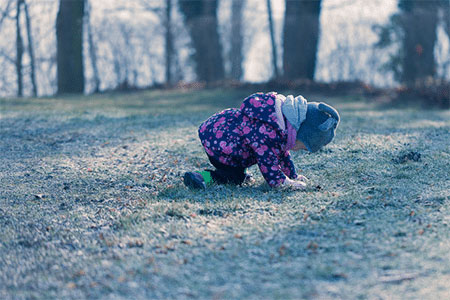
The Story of the Child that Kept Falling!
Last week, one family came to the shoe store to have their daughter’s feet and shoes checked. The issue was that the child has been falling frequently for the last 4 months, and after she was seen by her pediatrician, she was advised to have her shoes and feet checked because no foot condition was found and no other issues could be found with her ears or vision.
I proceeded to check how the shoes were fitting, and I found out that the shoe was a whole size and a half too long for the child’s feet. The shoes were also too heavy and stiff. Children’s shoes must be supportive but they should never be heavy.
I fitted the child in a different shoe style that was the correct shoe size, and I asked the mother to follow up with me after 2 weeks of wearing the shoes to see if the child kept falling down or not. Turns out that the child was not falling anymore.
In this particular case, there was nothing wrong with the child’s feet or legs, and the shoes were the only reason why the child kept falling.
How to Retrieve Your Child’s Exact Foot Length and Shape
This reminds me, if you don’t have a local children’s shoe store that you trust, please start by reading an article where I describe the simplest, yet most effective way to figure out your child’s foot size from home. In that article I help parents determine their child’s exact foot size and whether the child has narrow, medium, wide, or extra wide feet. I also will be able to tell you whether your child has a high instep or not.
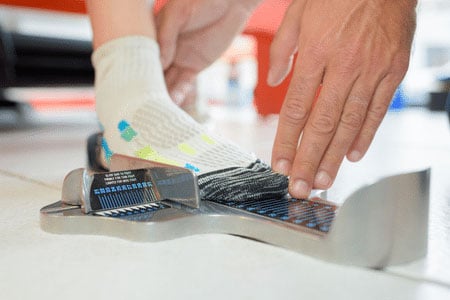
Is Your Child Learning How to Walk? – Falling is Totally Normal!
I also helped a different family where the parents were concerned that their toddler was constantly falling. This situation was a totally different story because in this case, the toddler was learning how to walk. The toddler was covered with bruises on her legs and arms. She said she spoke with her pediatrician and was told not to worry about it too much, since other than causing a bad bruise, a fall shouldn’t cause any major damage to the toddler.
The mom was still worried that her child might hit her head one day, and I get it, I would have been concerned too.
I explained to the mother that it is normal for falls to happen when a toddler is learning how to walk.
Believe it or not, toddlers who are learning how to walk are designed in anticipation of falling and don’t get terribly hurt. As toddlers start falling more, they begin to learn how to land with their hands first. The more they fall, the better they land with each fall. The mother felt a lot better after hearing this, and we proceeded to find the child a pair of first walking shoes that would help her daughter take those first steps with confidence.

The shoes appropriate for this stage are what I call “transitional shoes”. They are very soft and flexible shoes that do not hinder development, since they emulate walking barefoot. Shoes at this stage are only meant to be used for protection when you take your child outside to the shopping mall or the playground.
Always allow your child to go barefoot around the house for healthy foot development. I wrote a post where I describe the best first walking shoes for children who are learning how to walk.
Now that you know the key role that shoes play in preventing your child from falling and how to make sure that you provide your child with the correct shoe size, you are ready to take a look at the best shoes for children with stability issues.
I only review shoes that I have fitted before since that is the only way for me to tell how well-made and supportive they are, and how they fit. Disclosure: Some links in this post may be affiliate links and we may receive a small commission (at no extra cost to you) when you click our links and make purchases.
Best Shoes to Prevent Your Child from Falling
Below you can find the most effective shoes for children with stability issues and they can fit the shape of a child with medium (M), wide (W) or extra wide feet XW).
Toddler Shoe Sizes (0 to 10)
- Shoe style RaveRun by New Balance
- Available in medium, wide and extra wide widths
- Oversized opening for easy on and off
- Lightweight injection-molded EVA foam midsole provides lightweight cushioning
- Hook and loop closure
- Order this shoe a whole size larger than your toddler’s current foot size
- Shoe style RaveRun by New Balance
- Available in medium, wide and extra wide widths
- Oversized opening for easy on and off
- Lightweight injection-molded EVA foam midsole provides lightweight cushioning
- Hook and loop closure
- Order this shoe a whole size larger than your toddler’s current foot size
- Shoe style Original Jazz Lite 2.0 by Saucony
- Available in medium and wide widths
- Velcro closure
- Leather and mesh upper for durability and breathability
- APMA Certified
- Traction pods on the outsole for serious grip
- EVA midsole for lightweight feel
- Order this shoe a whole size larger than your toddler’s current foot size
- Shoe style Ride 10 Jr by Saucony
- Available in medium, wide, and extra wide widths
- Velcro closure
- Leather and mesh upper
- Non-marking traction pods to help improve stability
- APMA approved
- Toe cap for extra durability
- Order this shoe a whole size larger than your toddler’s current foot size
- Shoe style 2510 by Tsukihoshi
- Fits medium and wide feet (fits high insteps)
- Velcro closure
- Removable insoles
- Lightweight and flexible
- Extra wide toe box allows natural splaying of toes for better balance, comfort, and foot health
- Long heel counter provides stability
- Machine washable
- Order this shoe the same size as your toddler’s current foot size (shoe fits long)
- Shoe style 2510 by Tsukihoshi
- Fits medium and wide feet (fits high insteps)
- Velcro closure
- Heel stabilizer provides lateral stability
- Removable insoles
- The insoles are Infused with natural Green Tea extract (no chemicals)
- Machine washable
- Order this shoe the same size as your toddler’s current foot size (shoe fits long)
- New Balance shoe style Fresh Foam 650
- Fits children with medium, wide, or extra wide feet
- Velcro closure
- Leather and mesh upper
- Mesh collar and tongue are padded with foam for a great fit and added comfort
- Extra deep
- Order this shoe a whole size larger than your toddler’s current foot size
- Shoe style 574 by New Balance
- Available in medium, wide, and extra wide widths (fits high insteps)
- Velcro closure
- Oversized opening for easy on and off
- Fresh Foam midsole cushioning is precision engineered to deliver an ultra-cushioned, lightweight ride
- Order this shoe a whole size larger than your toddler’s current foot size
- Shoe style Fresh Foam by New Balance
- Available in medium, wide and extra wide widths
- Oversized opening for easy on and off
- Lightweight injection-molded EVA foam midsole provides lightweight cushioning
- Hook and loop closure
- Order this shoe a whole size larger than your toddler’s current foot size
- Shoe style Sr Thompson by Stride Rite
- Available in medium and wide widths (fits high insteps)
- Velcro closure
- Ortholite memory foam footbeds
- Opens super wide which makes in and out easy
- Recycled material linings to help reduce odor
- Order this shoe half a size larger than your toddler’s current foot size
- Shoe style SRT Winslow by Stride Rite
- Available in medium and wide widths (fits high insteps)
- Velcro closure
- Toe cap reinforcement and bumptoe protection against stumbles
- Opens super wide which makes in and out easy
- Step-stabilizing design with comfy Ortholite memory foam footbeds
- Order this shoe half a size larger than your toddler’s current foot size
- Shoe style Fresh 574 by New Balance
- Available in medium, wide and extra wide widths
- Oversized opening for easy on and off
- No-sew overlays
- Order this shoe a whole size larger than your toddler’s current foot size
- See Kai Run shoe style Robyne
- Fits children with medium, wide, or extra wide feet
- Breathable textile lining and cushioned insole
- Double velcro straps for easy on and off adjustability
- Padded tongue and collar for added comfort
- Order this shoe a half size larger than your toddler’s current foot size
- See Kai Run shoe style Robyne
- Fits children with medium, wide, or extra wide feet
- Canvas upper
- Toe cap is durable for early steps
- Double velcro straps
- Oversized opening for easy on and off
- APMA approved
- Order this shoe half a size larger than your toddler’s current foot size
- Shoe style 574 New-b V1 by New Balance
- Available in medium, wide, and extra wide widths (fits high insteps)
- Velcro closure
- Generous toe box and instep to accommodate and support a first-walker’s needs
- Mesh and suede upper for durability and comfort
- Extra deep
- Order this shoe a whole size larger than your toddler’s current foot size
- Shoe style 574 New-b V1 by New Balance
- Available in medium, wide, and extra wide widths (fits high insteps)
- Velcro closure
- Generous toe box and instep to accommodate and support a first-walker’s needs
- Mesh and suede upper for durability and comfort
- Extra deep
- Order this shoe a whole size larger than your toddler’s current foot size
Little and Big Kid Sizes (10.5 to 7)
- Shoe style RaveRun by New Balance
- Available in medium, wide, and extra wide widths
- Velcro closure
- Synthetic and engineered mesh upper
- Stitched-on toe cap for extra durability
- Order this shoe a half size larger than your child’s current foot size
- Shoe style Nitrel v5 by New Balance
- Available in medium and wide widths
- Velcro closure
- Synthetic and engineered mesh upper
- Stitched-on toe cap for extra durability
- Order this shoe a half size larger than your child’s current foot size
- Shoe style Russell by See Kai Run
- Fits medium, wide, and extra wide feet (fits high insteps)
- Double velcro straps
- Removable, contoured, leather-lined footbed for breathability and comfort
- Lightweight and flexible
- Order this shoe a half size larger than your child’s current foot size
- Shoe style Robyn by See Kai Run
- Fits medium, wide, and extra wide feet (fits high insteps)
- Double velcro straps
- Removable, contoured, leather-lined footbed for breathability and comfort
- Lightweight and flexible
- Order this shoe a half size larger than your child’s current foot size
- Shoe style Velocity by Tsukihoshi
- Fits medium and wide feet (fits high insteps)
- Velcro closure
- Heel stabilizer provides stability
- Removable insoles
- The insoles are Infused with natural Green Tea extract (no chemicals)
- Machine washable
- Order this shoe the same size as your child’s current foot size (shoe fits long)
- Shoe style 3584 Rainbow by Tsukihoshi
- Fits medium and wide feet (fits high insteps)
- Velcro closure
- Removable insoles
- The insoles are Infused with natural Green Tea extract (no chemicals)
- Machine washable
- Order this shoe the same size as your child’s current foot size (shoe fits long)
- Shoe style Fresh Foam 650 Bungee by New Balance
- Available in medium, wide, and extra wide widths (fits high insteps)
- Velcro closure
- Mesh collar and tongue are padded with foam for a comfortable fit
- Fresh Foam midsole cushioning is precision engineered to deliver an ultra-cushioned, lightweight ride
- Order this shoe a whole size larger than your child’s current foot size
- Shoe style Fresh Foam Arishi v4 by New Balance
- Available in medium, wide, and extra wide widths (fits high insteps)
- Velcro closure
- Synthetic and engineered mesh upper
- Durable rubber outsole designed to withstand wear-and-tear
- Order this shoe a half size larger than your child’s current foot size
- Shoe style Arishi v4 by New Balance
- Available in medium, wide, and extra wide widths (fits high insteps)
- Velcro closure
- Mesh collar and tongue are padded with foam for a comfortable fit
- Fresh Foam midsole cushioning is precision engineered to deliver an ultra-cushioned, lightweight ride
- Order this shoe a whole size larger than your child’s current foot size
- The New Balance shoe style RaveRun is available for little and big kids
- Fits children with medium, wide, or extra wide feet
- Available in laces
- No-sew overlays for a sleek fit and feel
- Mesh collar and tongue are padded with foam for a great fit and added comfort
- Order this shoe half a size larger than your child’s current foot size
- The New Balance shoe style RaveRun is available for little and big kids
- Fits children with medium, wide, or extra wide feet
- Available in laces
- Leather and mesh upper
- No-sew overlays for a sleek fit and feel
- Order this shoe half a size larger than your child’s current foot size
- Shoe style Axon by Saucony
- Available in medium and wide widths
- EVA midsole provides increased shock attenuation, responsive cushioning and lasting durability
- Cushioned footbed
- Order this shoe a whole size larger than your child’s current foot size
- Shoe style Axon by Saucony
- Available in medium and wide widths
- EVA midsole provides increased shock attenuation, responsive cushioning and lasting durability
- Padded tongue and collar
- Cushioned footbed
- Order this shoe a whole size larger than your child’s current foot size
- New Balance shoe style Fresh Foam 880v12
- Fits children with medium, wide, or extra wide feet
- Lace-up closure
- Dual-layer midsole construction featuring top-bed foam cushioning and underfoot Fresh Foam X
- Order this shoe half a size larger than your child’s current foot size
- Shoe style 480 V1 by New Balance
- Available in medium and wide widths
- Lace-up closure
- Lightweight EVA midsole
- Leather and mesh upper for durability & breathability
- Order this shoe a whole size larger than your child’s current foot size
- Shoe style 327 by New Balance
- Available in medium and wide widths
- Lace-up closure
- FuelCell foam delivers a propulsive feel to help drive you forward
- Order this shoe a whole size larger than your child’s current foot size
- New Balance shoe style FuelCell Propel v5
- Fits children with medium, wide, or extra wide feet
- Dual-layer midsole construction featuring top-bed foam cushioning and underfoot Fresh Foam X
- Order this shoe a whole size larger than your child’s current foot size
- Shoe style 574 by New Balance
- Available in medium and wide widths
- Lace-up closure
- ENCAP midsole cushioning provides good arch and heel support
- Leather and suede upper
- Order this shoe half a size larger than your child’s current foot size
- New Balance shoe style Fresh Foam Arishi v4
- Fits children with medium, wide, or extra wide feet
- Lace-up closure
- Mesh upper is lightweight and breathable
- Lightweight EVA foam cushioning in the midsole and padded heel increases comfort
- Firm heel counter
- Supportive heel for active kids
- Order this shoe a half size larger than your child’s current foot size
Are Any Other Shoe Choices Available?
Do not hesitate to contact me if you are having issues finding a particular shoe style to fit the shape of your child’s feet:
These shoes all come with shoelaces as they provide better support and stability than any other type of shoe closure.
Proper shoe fitting requires knowledge and experience. I was trained by co-workers who have 20 plus years of experience in the children’s shoe business. A simple thing such as wearing the correct type of shoes in the correct shoe size can really affect the way your child walks and runs. Proper fitting shoes will prevent injuries from falling, which are quite common!
If you decide to get your children a pair of shoes with shoelaces, make sure that you teach them how to tie the shoes properly. Shoelaces will become untied, and your child must be ready to tie them promptly every time this happens. Otherwise, this can worsen the issue by making the child fall more when they trip over the untied shoelaces.
Has your child been falling down a lot? Have you checked whether his or her shoes are fitted properly? Please share your thoughts and experiences below so other parents can benefit from your experiences.

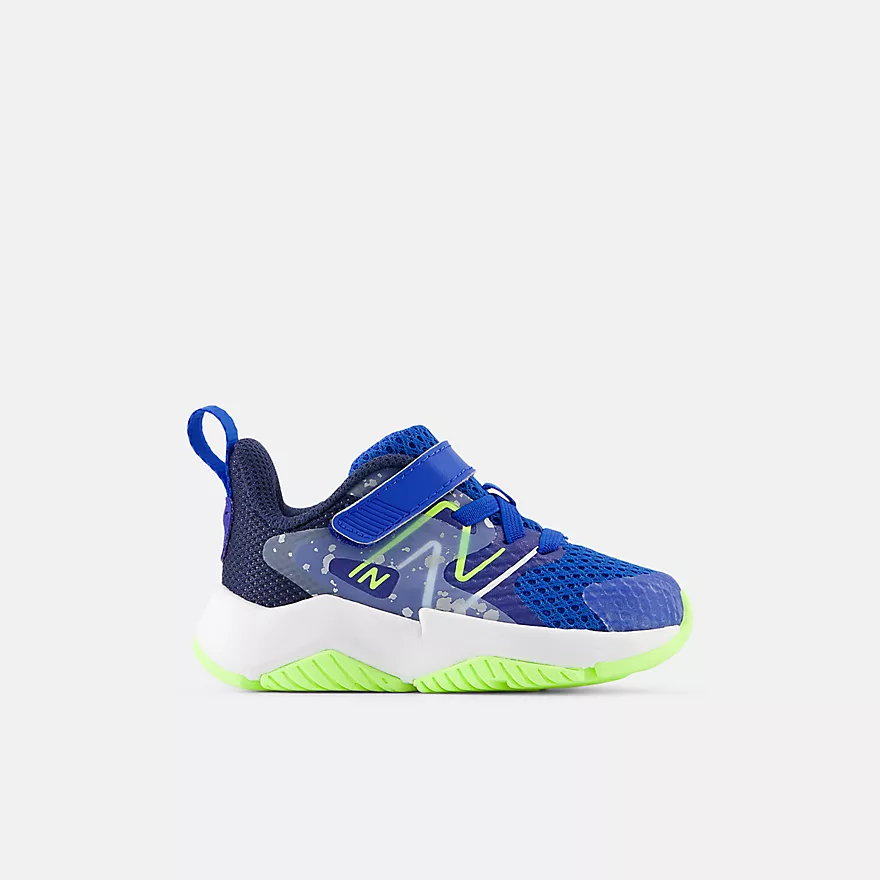






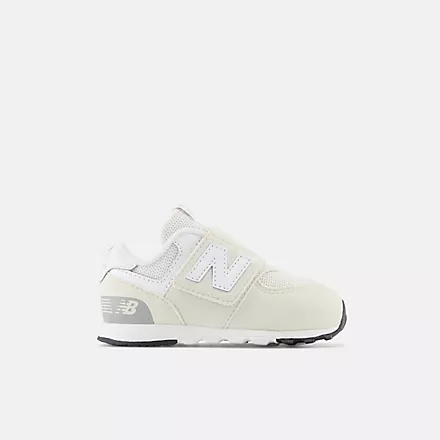









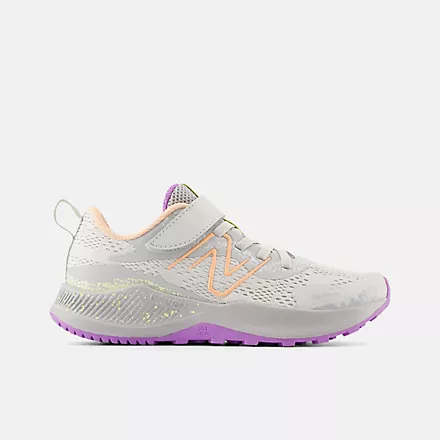




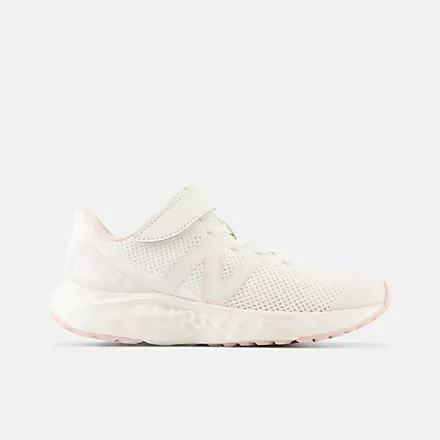

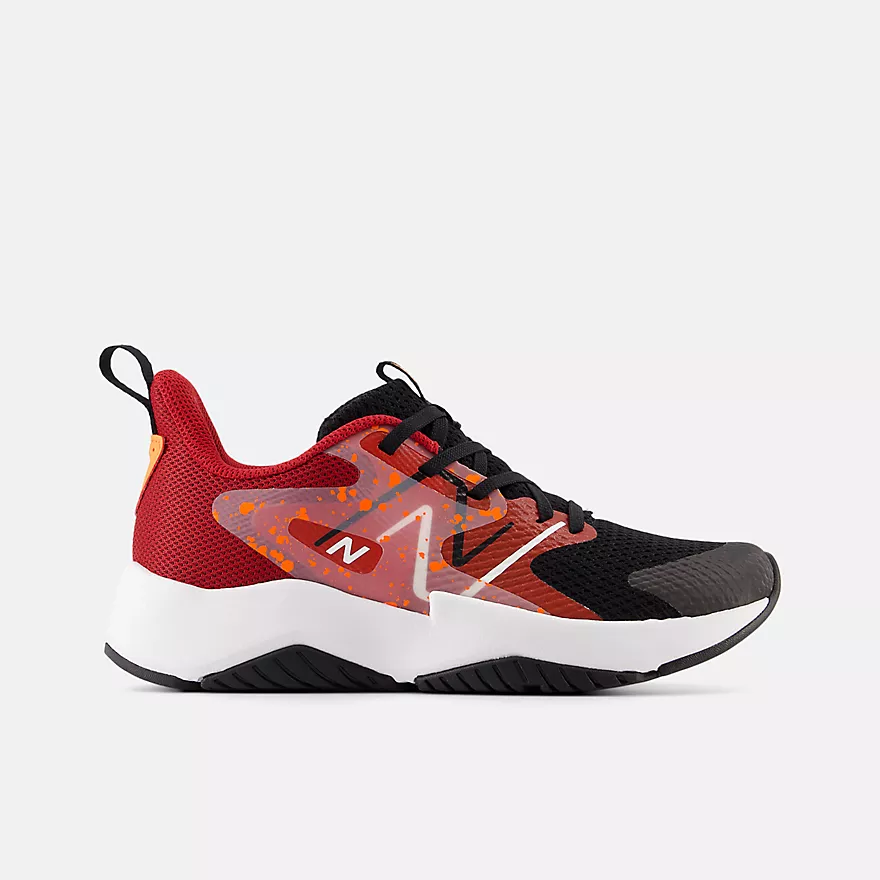
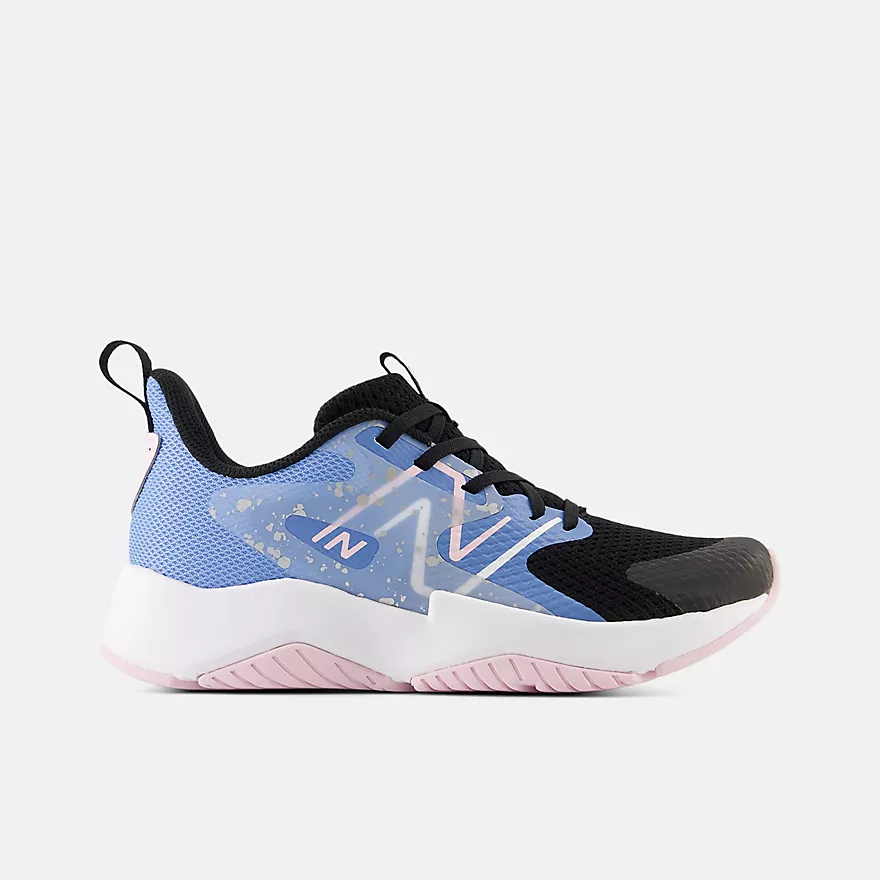




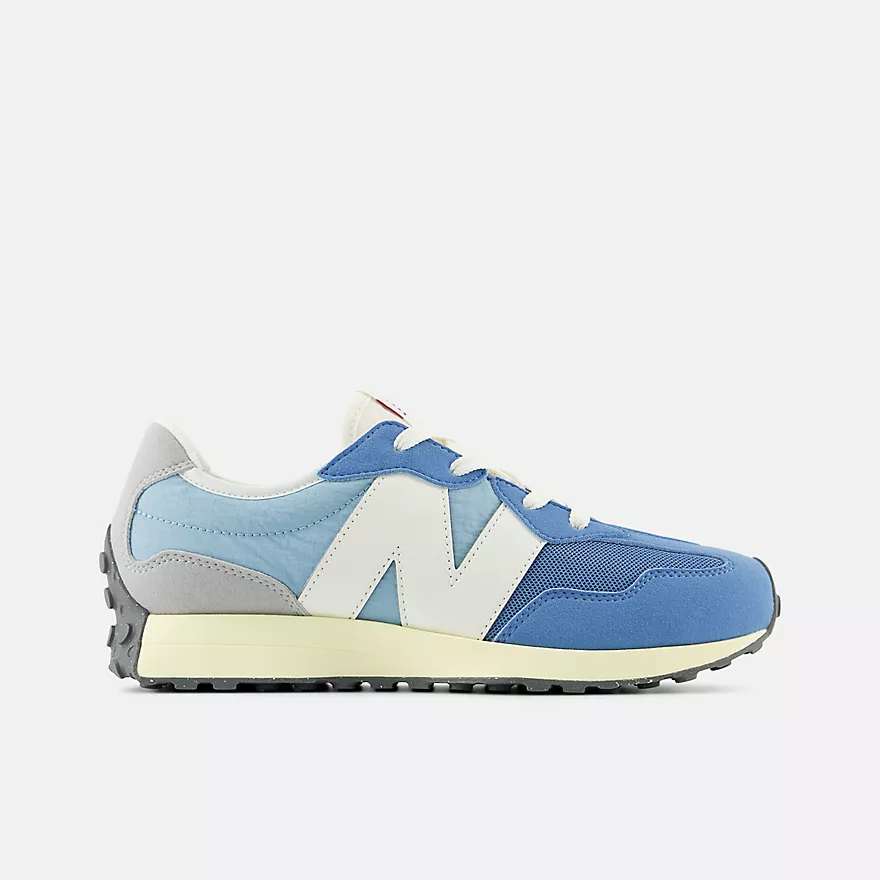

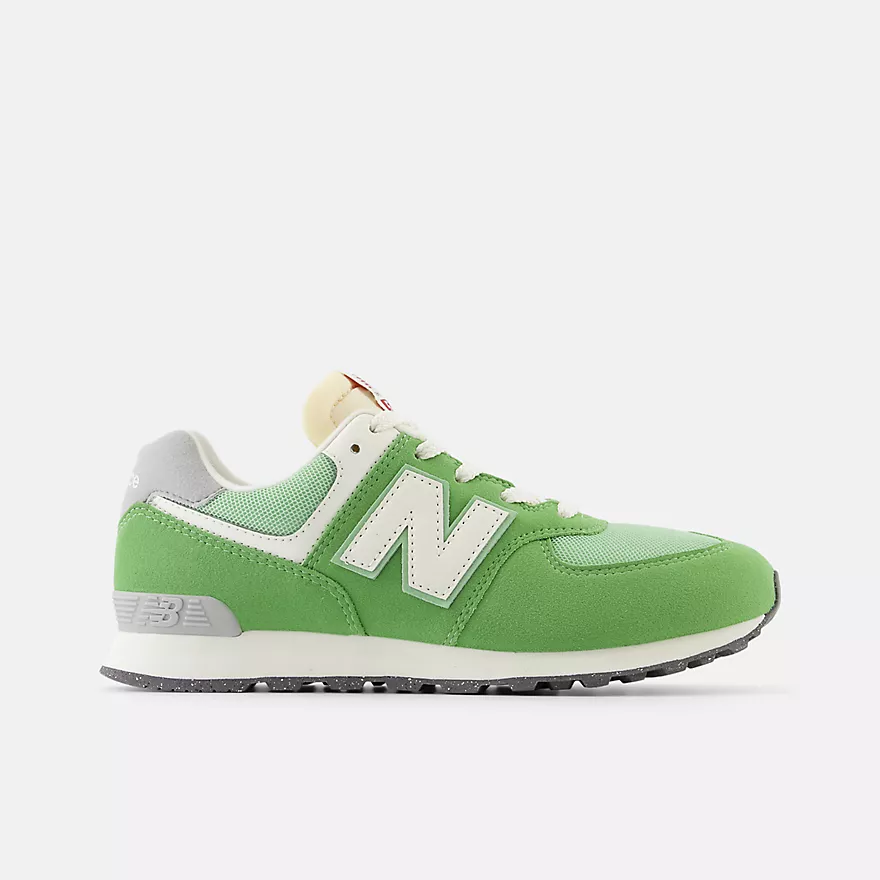


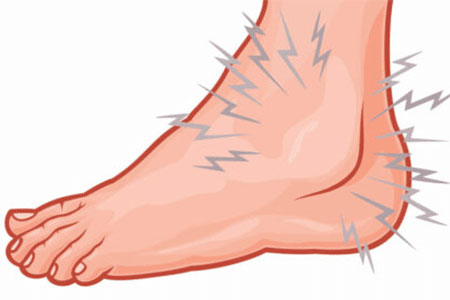

I remember that when I was a kid I fell down quite a bit and a new pair of better quality shoes did do the trick for me!
You have pointed out the child could have a health related problem as well, it would be good for parents to talk to their child’s doctor as well just to be on the safe side. Do you know where I can find shoes for my child with extra wide feet? I always end up getting him longer pairs because of his wide feet.
I have fitted hundreds of children with extra wide feet! The key is to find a shoe that comes in extra wide but that is also deep enough. STOP buying longer shoes to compensate for the width!
Here you can find the best extra wide shoes for children:Children Extra Wide Shoes – Prevent Blisters, Calluses, And Corns!
As the father of 4 children, and someone who used to have a weekend job in a shoe shop when I was a teenager, I thought that I was already an expert on all things related to kids shoes, but it seems not. I wasn’t aware of the fact that poor fitting shoes could cause such severe problems with falling down. Is there a particular age when you need to watch out for this phenomenon? Is there a way that a parent can double-check that their kids’ shoes are fitted? What are the key things to look out for? Thanks.
Hello Kristian,
I have been fitting kids’ shoes for 7 years now, and I still feel like I learn something new everyday.You must make sure your kid shoes are fitted properly SPECIALLY when they are learning how to walk and they are still working on their stability. But I will say it is always important to provide our kids’ with well fitted shoes even when they are older, since shoes that are too long will comprise the child’s stability no matter what age they are!
I always recommend parents to take their kids’ to their local kids shoe store to make sure they are wearing the correct shoe size. For those parents who don’t have a children’s shoe store that they trust, I created a post that describes how to make sure your kids’ shoes fit. You can find that post there: How Can I Make Sure My Kids’ Shoes Fit? – Learn The Secret Here!
it is funny that i had never once thought that having the wrong shoes on a child could be the cause of them being what appears to be clumsy and falling over and tripping etc. of course the shoes that they are wearing is a large and direct influence on this! at what age do you suggest we start to pay thorough attention to shoes for the small child?
As soon as they start walking! Shoes play a huge role keeping our kids’ feet healthy! Never underestimate the importance of shoes. I wrote a post where I describe how to make sure your child is wearing the correct pair of shoes. You can find that post here: How Can I Make Sure My Kids’ Shoes Fit? – Learn The Secret Here!
As I was reading, I realized that way back when, my sisters and I would have spared most of our nerves had we known about the shoe thing. My oldest and my sisters oldest always seemed to fall down. Being new moms, we thought that it was normal because it stopped as she got bigger. Looking back I guess that is because she grew into her shoes. My youngest had a problem walking as well but it was when she started walking into walls that we realized that something was wrong. Sure enough she is not only almost legally blind but she has severely impaired hearing from persistant ear infections as a child. One would never think that all it takes is a simple pair of shoes to throw a kid off of their game, but I know now that it can.
Hello Wendy,
Thank you for sharing. It is crazy the impact that well fitted shoes can have in our children. Something so simple as providing them with the correct pair of shoes can have a positive impact in their lives! Help me spread the word!
To think that a simple pair of shoes can have that much of an effect on children is unbelievable. I had a feeling that velcro sneakers provide less stability than those that tie so at least I knew something anyway. I prefer the velcro for my son because he is very independent and doesn’t have the patience to learn to tie his own shoes. I know that if he starts falling over a lot, I know that he won’t have a choice but to.
You are right, shoe laces do provide more stability than velcro sneakers. As your child starts getting older, you should definitely consider teaching him how to tie his shoes.I actually wrote a post where I describe the best way to teach a child how to tie his shoes. You can find a link to that post here: How To Teach A Child To Tie His Shoes – Follow These Easy Steps
Life saver! My child kept falling down until I came long your post and found out it was the shoes. I wanted to drop you a line because it really made a difference! He was full of bruises and I was afraid he was going to get badly hurt! I will be ordering shoes from your site from now on.
Hello Marie,
I am really happy it made a difference! Like I say in my post, NEVER underestimate the improtance of properly fitted shoes!